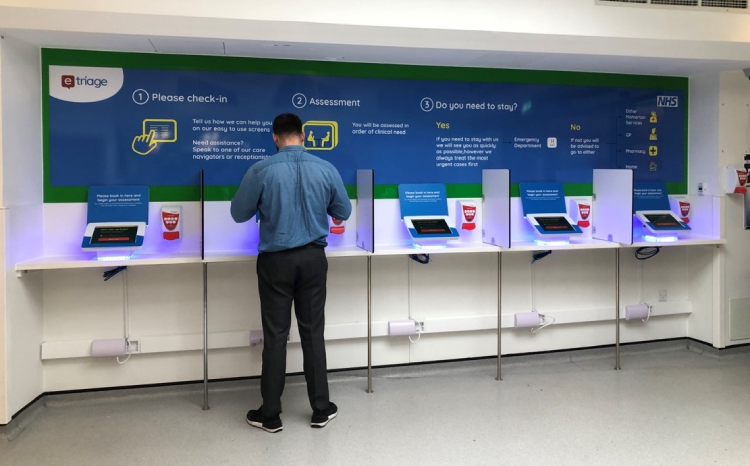HIMSS study suggests digitally mature hospitals perform better on safety
- 20 April 2023

A research project combining data from HIMSS on the digital maturity of hospitals and patient safety ratings data from the Leapfrog Group has shown an empirical link between digital maturity and performance against patient safety measures.
The study mapped data from the HIMSS EMRAM digital maturity benchmark of over 1,000 US hospitals with annual patient safety data from annual surveys carried out by Leapfrog Group, which scores 3,000 hospitals on their patient safety performance.
“The question we were trying to answer is does digital maturity relate to improved patient safety, does it make a difference? If you advance digital maturity, will you see improvements in patient safety and quality outcomes,” said Ann Snowdon chief scientific officer at HIMSS.
The study examined whether achieving higher digital maturity scores provide a statistically significant predictor of patient safety measures and indicators. The early findings found there was a correlation across a range of measures but are unable to say yet whether this was a causal relationship.
Hospital Safety Grade is a bi-annual hospital ratings that uses publicly reported measures for 3,000 hospitals in the US, awarding A, C, C, D and F grades,” explained Melissa Danforth, Vice President of ratings at Leapfrog Group
Hospitals with high digital maturity scores (HIMSS 6 and 7) were found to score significantly higher on a basket of patient safety measures, and to be 21% more likely to achieve Leapfrog Group’s highest A grade on patient safety than less digitally mature peers.
The data also suggested that hospitals scoring the highest hospital safety A grade were 43% more likely to be at the highest HIMSS EMRAM score.
Patient experience was also found to be significantly stronger in digitally advanced hospitals scored HIMSS EMRAM 6 and 7.
Adverse events were found to be significantly lower in digitally advanced hospitals. Statistically significant correlations were found in measures on retained foreign objects, falls and trauma and pressure ulcers.
Statistically significant differences in the data were also found on several surgery safety outcome measures, including collapsed lung, post operative respiratory failure and accidental cuts and tears.
Researchers used logistic regression and generalised additive measures, hospitals were also adjusted for number of beds, to test whether digital maturity was a statistically significant predicator of patient safety outcomes.
The study used Leapfrog Group survey data from 2019 and 2021, avoiding the 2020 pandemic data.
Speaking at a Wednesday education session at the HIMSS annual show in Chicago, Snowdon said: “There is really very little empirical evidence on what digital maturity relates to HC patient safety outcomes.”
“There is clearly a pattern, but I wouldn’t suggest cause and effect. This is the beginning shining a light on the data,” said Snowdon, who invited feedback for further work on the data.
Using information to identify problems early
She added that the data on patient safety performance suggested digitally mature hospitals are using their improved information and visibility “to identify problems early and ID root causes of problems”.
Snowdon continued: “This suggests that digital maturity relates to increased capacity to learn and improved root cause analysis and learning ability. And that digital technologies advance the ability to become a learning healthcare system.”
Established 20-years ago after the 1999 National Institutes of Health landmark report on patient safety, to Err is Human: Building a Safer Health System, Leapfrog Group has been a leading advocate in the US for the adoption of technology for patient safety, with a focus on computerised physician order entry (CPOE) and barcode medicines administration.
“The Leapfrog Group is a non-for-profit that that collects, analyses and publishes data on safety and quality in hospitals and ambulatory centres to inform consumer decision making and value-based purchasing and catalyse improvements in HC delivery,” explained Danforth.




